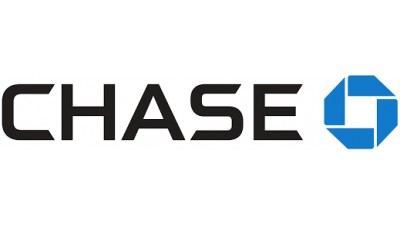Investors Bullish On Workforce Housing While Retail Continues To Redefine Itself

Last year, New York City saw a slowdown in commercial real estate investment.
Across multifamily assets, deal flow and transaction volume declined nearly 30% over the past year, according to a Marcus & Millichap report. Office also softened, with Q4 investment growth falling by 13.3%. Rents in the Manhattan retail submarket hit a 17-year low in November.
But the slowdown in growth has not stopped new multifamily development. Construction of affordable housing and luxury apartments has continued while condominium projects command record-setting prices. New York City remains a top office destination for companies attracting top talent, and experiential retail has shown resilience.
The city’s continued popularity among developers and investors, along with tax reform, has given lenders like JPMorgan Chase a positive outlook on real estate activity in 2018.
“Activity in 2017 was down from its 2016 peak, as were overall market transactions in New York,” JPMorgan Chase Northeast Area Manager for Commercial Term Lending Kurt Stuart said. “In spite of that, we still continued to build client relationships, won several new ones and grew market share."
Workforce Housing Gains Momentum
Stuart leads a team of over 150 people and is responsible for loan originations, strategic direction and the financial performance of the business across the New York, Boston and Washington, D.C., markets. He works with JPMorgan Chase’s local multifamily experts to identify financing opportunities for stabilized multifamily properties with five units and over.
Workforce housing, which caters to renters in lower- to middle-income brackets, has piqued investor interest, Stuart said. Class-A multifamily rent growth stalled in 2017, with rents falling by nearly 2% in Manhattan last year compared to 2016. The luxury supply glut in submarkets like Downtown Brooklyn has led to an increase in concessions as landlords struggle to fill vacancies.
"By comparison, workforce housing offers stable rent rolls and long-term, resilient occupancy," Stuart said. "The majority of the product we finance falls under rent stabilization laws in New York and has rents that are substantially below market."
The sector is largely regarded as recession-proof, and an estimated 4.5 million new apartments are expected to be in demand by 2030.
Working-class neighborhoods like Fordham Heights in the Bronx, Astoria, Queens, and Bay Ridge, Brooklyn, lack adequate affordable housing stock. The Commercial Term Lending Team recently closed financing deals in all three submarkets, ranging from $3M to $11M.

Mom-And-Pop Retail Here To Stay
The shuttering of storefronts prompted some CRE professionals to worry about the future of brick-and-mortar in the city. JPMorgan Chase Northeast Regional Manager Judy Guarino has seen strength among retailers providing local, experience-oriented shopping destinations. Manhattan remains a strong market for JPMorgan Chase, and the Commercial Term Lending Team recently closed a $15M refinance on a retail property on the Upper East Side.
“Some retailers that we see today may not be around tomorrow,” Guarino said. “These locations may evolve into businesses that millennials demand, like restaurants, coffee shops and other service-type businesses in the health and fitness industries."
Submarkets like Long Island City draw investors to the retail sector, as more mixed-use development projects come online in the area. Supported by dense multifamily, smaller, more walkable retail destinations will continue to be in demand, Guarino said.

Office And Industrial Market Diversity
Guarino leads a team of client managers responsible for providing term financing solutions from $1M to over $25M. The role has given her a bird’s-eye view of the office and industrial markets. The diversity of businesses in New York City has bolstered transaction activity across both sectors, she said. A constant influx of companies into the metro area has kept the market stable for investors.
“I have not seen any indication of increased vacancy in Manhattan," Guarino said. "I do see investors making the appropriate improvements to offer the space on an open floor plan, which seem to be in demand. Industrial continues to be desirable in Long Island City, despite increased construction of residential buildings in this market."
JPMorgan Chase was founded in New York in 1799 and has served clients through Depression-era lows and dot-com-bubble highs. The Commercial Term Lending Team is committed to supporting its clients over the long term and differentiating itself through its client experience. Programs like the Feel The Free Campaign, which waives four major costs for borrowers, is one incentive that highlights JPMorgan Chase’s efforts to improve its loan origination process.
"As market volatility increases, Chase’s commitment to two fundamental needs, speed and certainty of execution, are constants that borrowers can depend on," Stuart said. “Our ultimate goal is to see our clients succeed, and through that, we will succeed.”
To learn more about this Bisnow content partner, click here.

